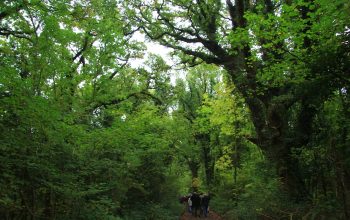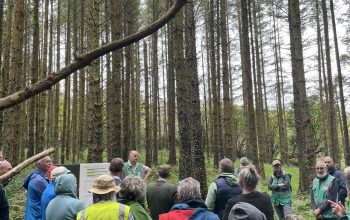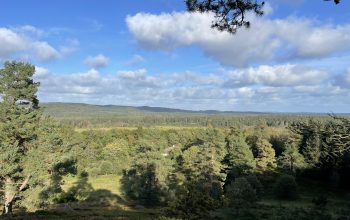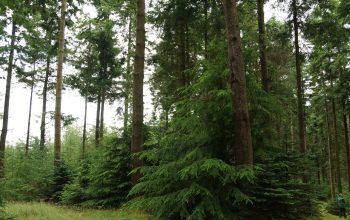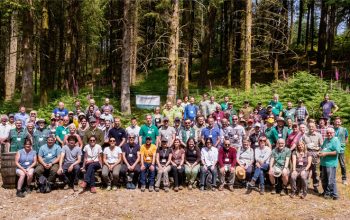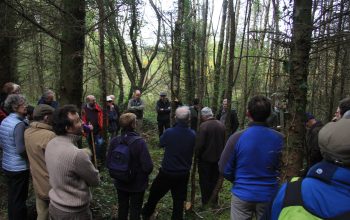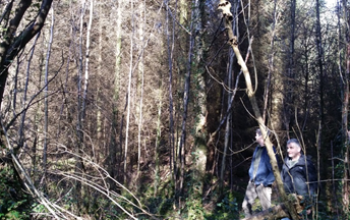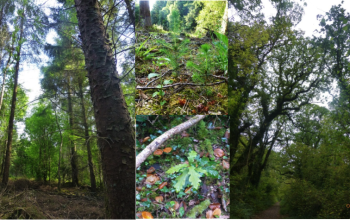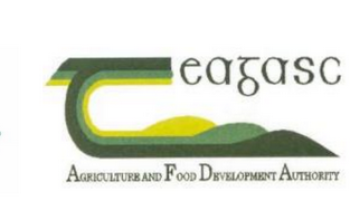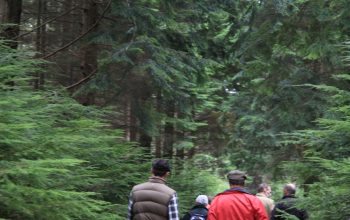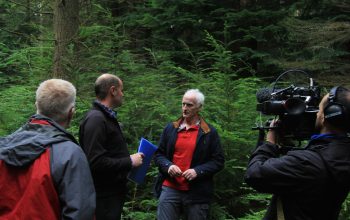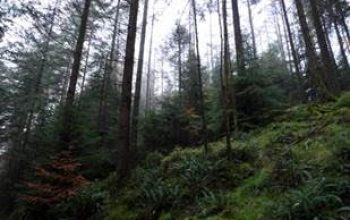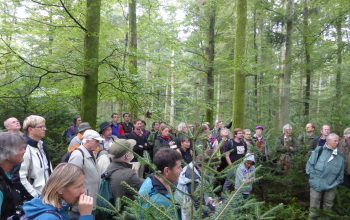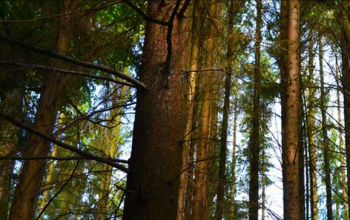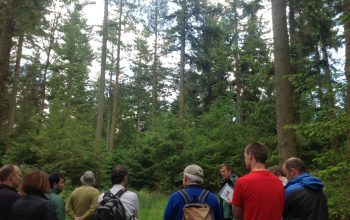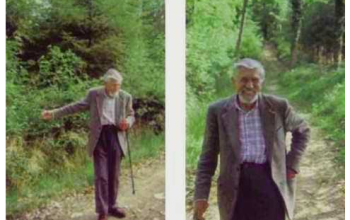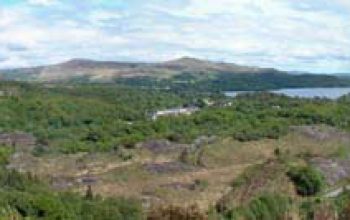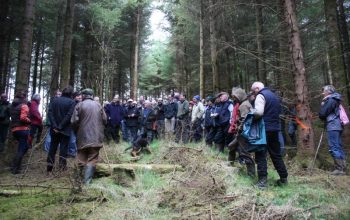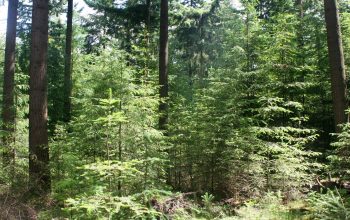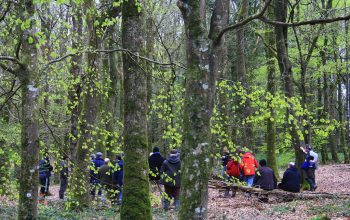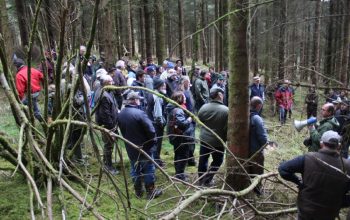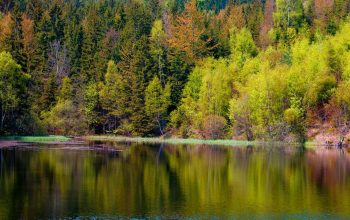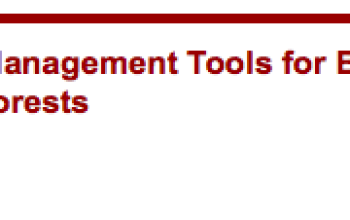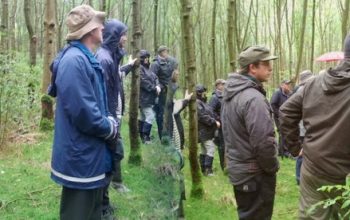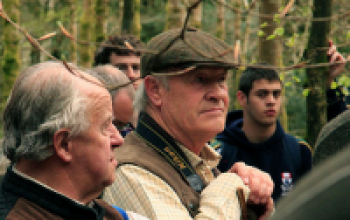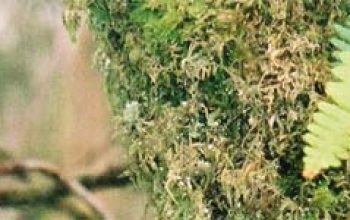The Afforestation Scheme under the New Forestry Programme 2023-2027 was officially launched by Minister for Agriculture, Food and the Marine, Charlie McConalogue, and Minister of State for Land Use and Biodiversity, Pippa Hackett, on Wednesday 6th Sept.
One of the key objectives of this scheme is to encourage forest management practices in newly planted forests that result in continuous cover forestry (CCF) management and forest retention. To help meet this goal a new Forest Type has been included in the Afforestation Scheme: FT10 – Continuous Cover Forestry.
Other Forest Types, including FT1 Native Forests, FT2 Forests for Water, FT3 Forests on Public Lands, and FT6 & FT7 Broadleaves, are also all likely to be managed as CCF and are options for landowners interested in CCF management.
Pro Silva Ireland is delighted with the increased focus on CCF in the new scheme and is committed to continue to promote and inform on the principles of CCF across the island of Ireland.
FT10 – continuous cover forestry (CCF)
The underlining premise of this new Forest Type is to initiate diversity from day one and create multispecies, multifunctional forests that have increased resilience to climate change, storm damage and disease.
The forests planted under FT10 will be predominantly mixed conifer forests of at least 3 different conifer species (with shorter term and longer term maturation objectives) and a minimum of 55% spruce, with at least 20% broadleaves (10% oak and 10% other broadleaves). There will be a conscious forest design, with conifers planted in group mixtures of 25 to 100 trees per group and broadleaves suited to the site also incorporated in small groups of 25 to 100 trees per group. Minor species can be planted along the edge of the emerging canopy and/or alongside hedgerows.
The forest design will be such that the forest can be managed under the principles of CCF from the outset. In addition to producing high value timber products to maximise carbon storage, these forests will integrate the social and environmental benefits of permanent forests, creating spaces for recreation and wellness and a thriving, diverse ecosystem.
Why choose a forest type with CCF management in mind?
- Species diversity within a forest provides in-built resilience, thereby helping to protect the forest asset long into the future
- Through regular management interventions, the forest owner will have a steady source of income for themselves and future generations
- There are no reforestation costs!
- Permanent forests protect soils and water, provide a long-lasting carbon sink and maintain ecosystems – good for people and the planet
- A legacy is created that can be passed from one generation to the next
Grant and premium rates
A significant increase in grant and premium rates has been made available for all forest types under the new Afforestation Scheme and the duration of premiums for farmers has been extended to 20 years.
For those considering FT10 – continuous cover forestry the grant/Ha is €5,421 and the annual premium/Ha is €912. The premium for Native Forests is significantly increased to €1,103 per Ha.
The full list of grant and premium rates for all forest types can be found here.
Other CCF measures
In addition to the new FT10, other measures to support CCF management will be included in the Forestry Programme 2023-2027, when launched.
The Climate Resilient Reforestation Pilot Scheme will provide funding to support forest owners to move, at the reforestation stage, to a design and layout that facilitates CCF management and will be accompanied by a premium of €150/Ha for seven years.
Grants for the existing CCF-Woodland Improvement Scheme, which supports the transformation of rotational forests to permanent mixed forests, will also be increased in the New Programme, along with the addition of a premium of €150/Ha for seven years.
Pro Silva Ireland has played a significant role in making the case for policy and scheme support for CCF over the last 20 years. The Forestry Programme 2023-2027 marks a significant breakthrough in the mainstreaming of CCF in National forest policy and we would like to acknowledge the support of all our members in achieving this. We would also like to acknowledge the commitment shown by the Forest Service and other forestry partners in working with Pro Silva Ireland to bring about these positive developments in National forest policy.
Further information on the Afforestation Scheme can be found here

